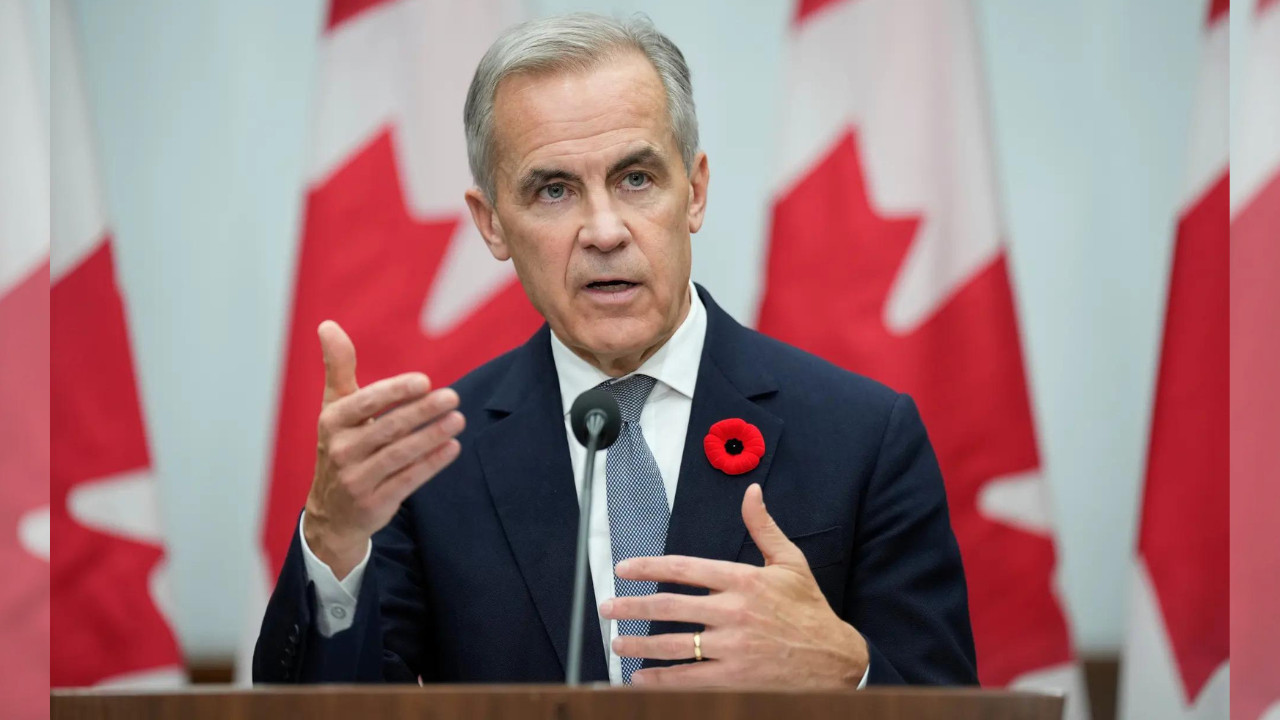Union minister Piyush Goyal expressed confidence in India’s export growth for 2025-26, projecting a positive trajectory despite global uncertainties and US tariffs. He highlighted a 5% increase in goods and services exports during the first half of the fiscal year, driven by global demand for Indian products.
India’s Export Ambitions: A Bullish Outlook Amidst Global Headwinds
The global marketplace is a turbulent sea, constantly shifting with political tides, economic currents, and unforeseen storms. Navigating this complexity requires a steady hand and a clear vision, and India seems determined to stay the course with its ambitious export targets. Commerce Minister Piyush Goyal recently expressed strong confidence in India’s export performance, painting a picture of resilient growth even in the face of potential challenges. But is this optimism justified? Let’s dive into the factors shaping India’s export trajectory and consider what the future might hold.
US Tariffs and a Test of Resilience
The elephant in the room is, of course, the United States. Potential tariff increases from one of India’s largest trading partners inevitably cast a shadow. Goyal acknowledged these concerns, but emphasized India’s inherent strength and diversification strategy. The key takeaway is that while US tariffs would undoubtedly present obstacles, they are not seen as insurmountable barriers to overall export growth. India’s strategy hinges on building stronger relationships with other nations and expanding its presence in new markets. This proactive approach seeks to mitigate the impact of any single nation’s trade policies.
Think of it like diversifying your investment portfolio. You wouldn’t put all your eggs in one basket, and India is taking a similar approach with its export destinations. This includes forging closer ties with countries in Africa, Latin America, and Southeast Asia.
Decoding the Export Growth Equation
What fuels this optimism for continued export growth? Several factors contribute to the positive outlook. A stable and growing domestic economy provides a solid foundation. Investments in infrastructure, particularly in ports and transportation networks, are improving efficiency and reducing logistical bottlenecks. Furthermore, government initiatives aimed at promoting manufacturing and innovation are starting to bear fruit. The Production Linked Incentive (PLI) scheme, for example, incentivizes domestic production across various sectors, boosting both domestic supply and export potential.

Another vital piece of the puzzle is the growing demand for Indian goods and services in emerging markets. As these economies develop, their appetite for manufactured products, engineering goods, and technology solutions increases, creating new opportunities for Indian exporters. The focus is not just on traditional export categories like textiles and gems and jewellery, but also on high-value sectors such as pharmaceuticals, electronics, and software.
Looking Ahead to 2025-26: Sustaining the Momentum
The projected timeline for continued growth extends into the fiscal year 2025-26. The expectation is not just about achieving higher export numbers, but also about diversifying the export basket and moving up the value chain. This means focusing on products and services with higher technological content and greater value addition. The government is actively promoting research and development, skill development, and innovation to support this transition.
However, challenges remain. Global economic uncertainty, fluctuating commodity prices, and geopolitical tensions could all impact export performance. Maintaining competitiveness requires constant vigilance and a willingness to adapt to changing market conditions. Streamlining regulatory processes, reducing transaction costs, and improving access to finance for exporters are crucial steps in this direction. You can read more about improving access to finance for exporters here.
Export Growth Hinges on Adaptability and Innovation
Ultimately, India’s export ambitions are within reach. The key lies in maintaining a proactive approach, adapting to global shifts, and fostering innovation across all sectors. While external factors will inevitably play a role, India’s internal strengths, coupled with strategic policy interventions, position it for sustained growth in the years to come. The journey won’t be without its bumps, but with a clear vision and a determined spirit, India can navigate the complexities of the global market and achieve its export goals. The focus should remain on fostering a competitive environment that encourages innovation and allows Indian businesses to thrive on the global stage.







